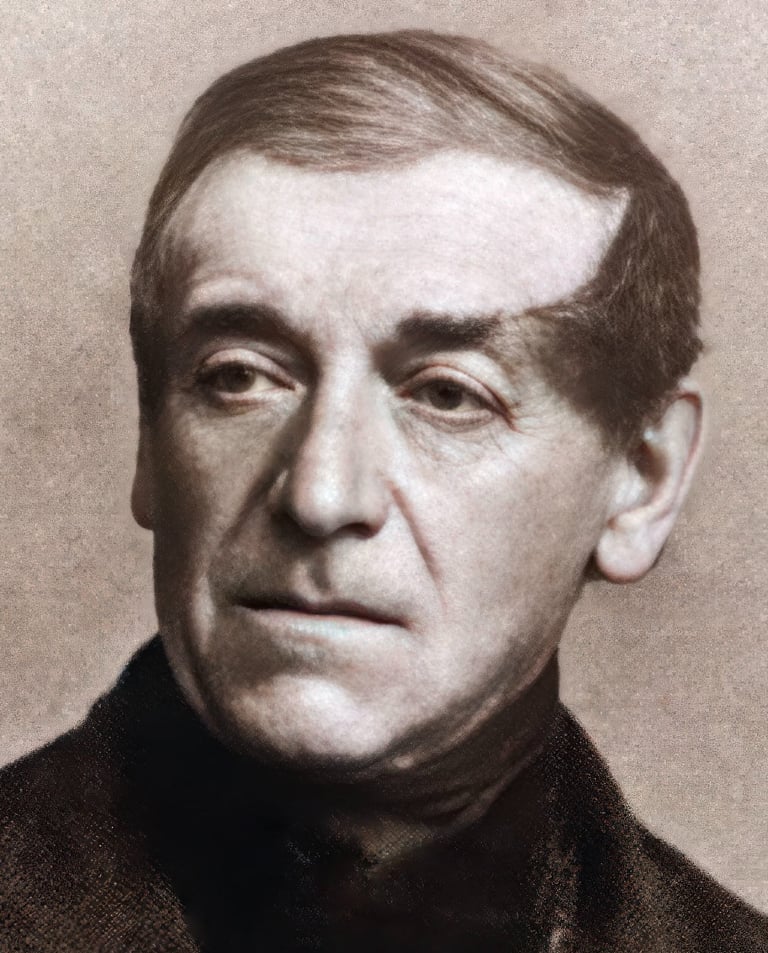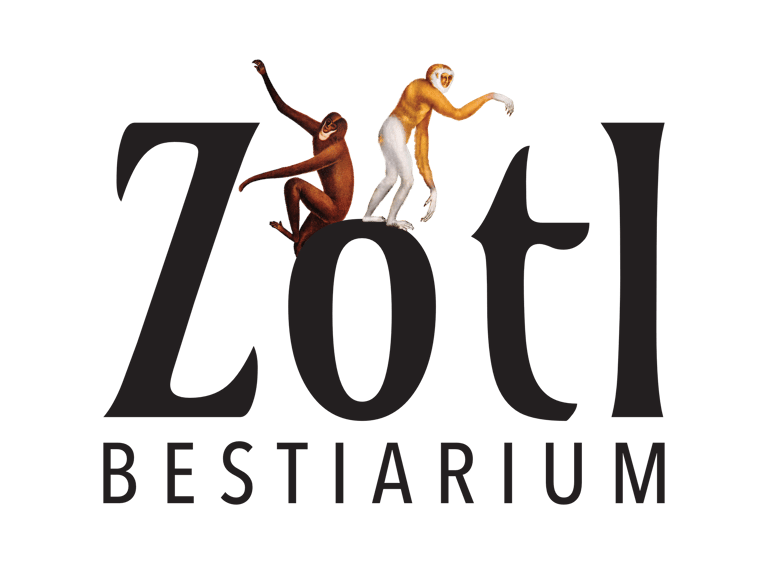Aloys Zötl (1803–1887) was a master dyer from Upper Austria who spent more than fifty years creating his “Bestiarium” — literally a bestiary, meaning an illustrated book of animals that describe their looks and habits in words and pictures. Zötl’s version was entirely his own: some 400 luminous watercolours made for pleasure and study, not for sale.
He painted from the books and prints in his small personal library, combining the accuracy of a naturalist with the imagination of a storyteller. Each animal appears in a quietly dreamlike setting, so observation slips into wonder.
Zötl rarely showed these sheets. After his death they stayed together until, by chance, 320 were sold in Paris in 1955–56. The poet André Breton championed them as “the most sumptuous bestiary ever seen” and linked Zötl to Henri Rousseau as a “surrealist before the fact.” Since then his images have travelled further than he ever did, entering museums and private collections.
Born in Freistadt and later living in Eferding, Zötl likely never journeyed far; his voyages took place on paper. His final dated work, a study of seashells from October 3, 1887, closes a lifelong, self-directed project made beside the dye vats of his workshop — an intimate, luminous atlas of the animal world.


